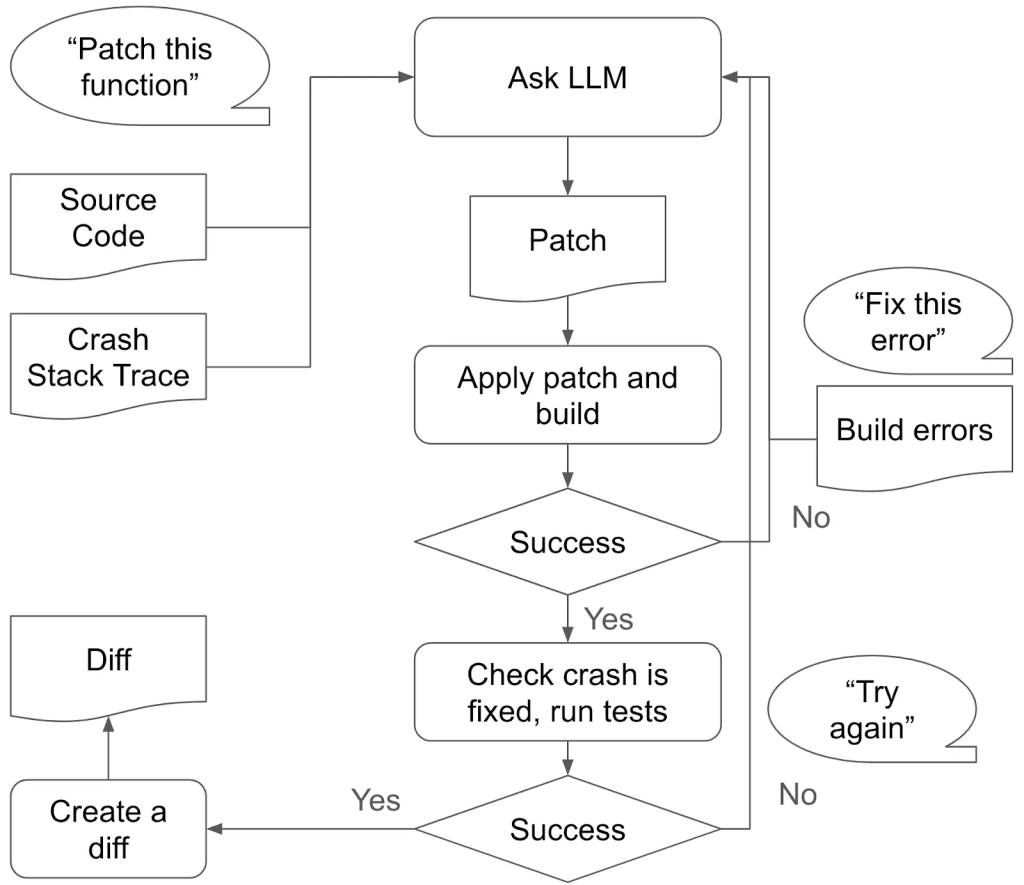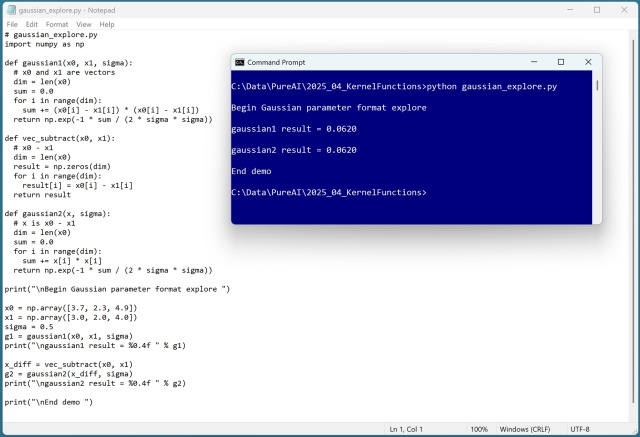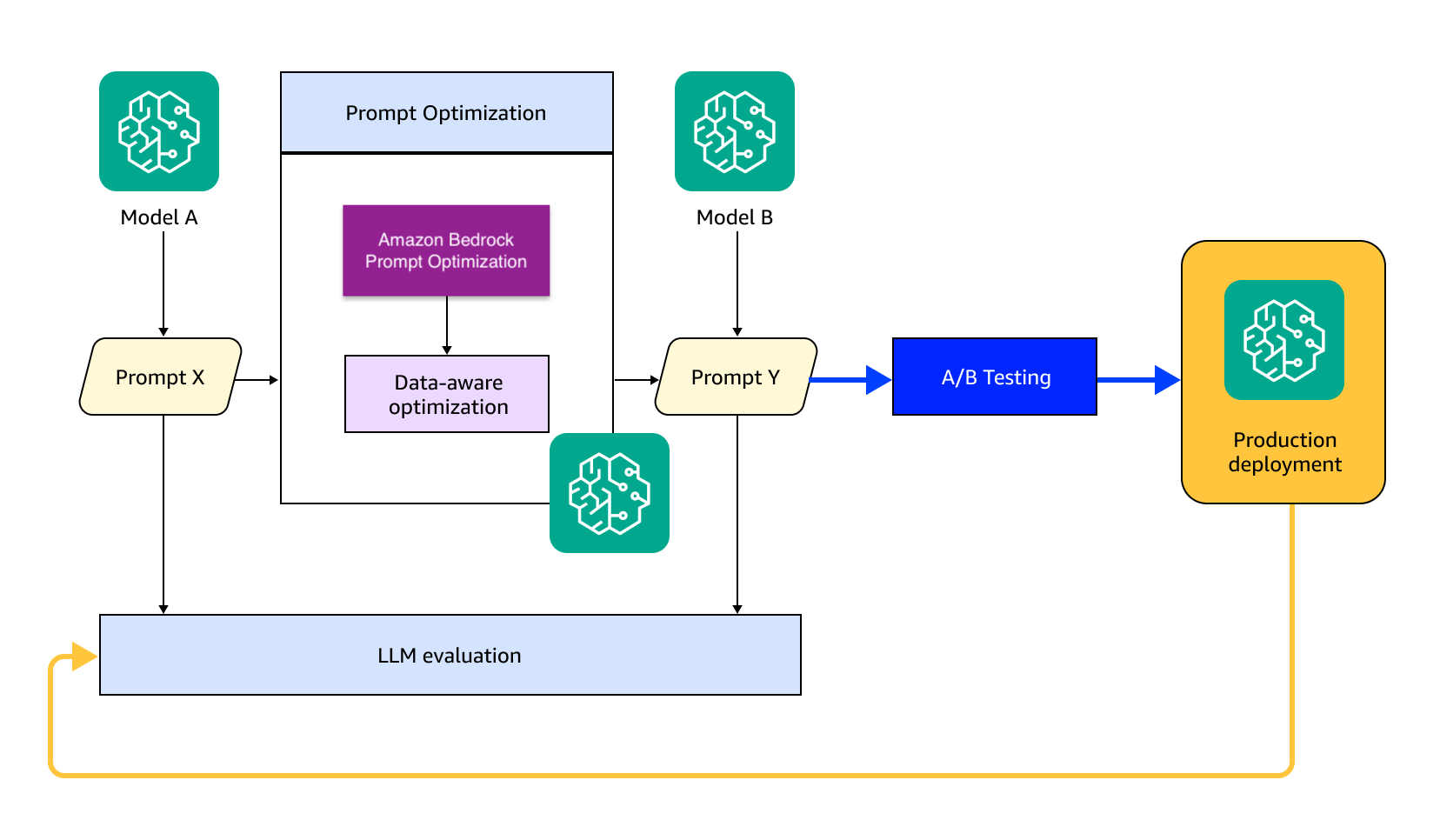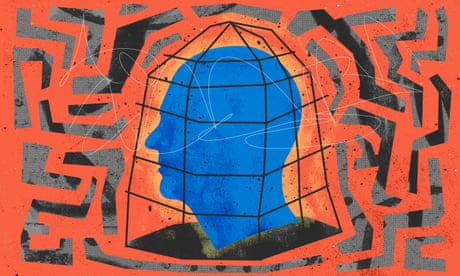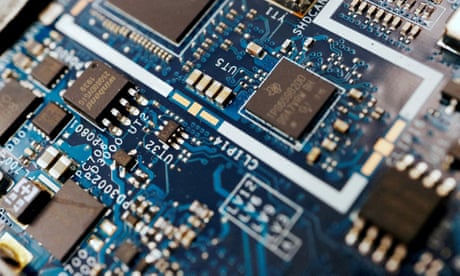Introducing AutoPatchBench, a benchmark for automated vulnerability repair through AI, now available on GitHub. This initiative aims to enhance security solutions by evaluating and comparing AI program repair systems for fuzzing-identified vulnerabilities.
Dealing with varying vocabulary in machine learning, the Gaussian kernel measures vector similarity. Inconsistencies in notation pose a challenge for understanding kernel functions in research and applications.
LogiGreen founder discusses using AI to enhance Supply Chain Analytics for sustainable transformations, overcoming challenges faced by companies. Agentic AI aids in improving reporting and expediting sustainable initiative implementation.
LLM agents are taking over the tech world, but Analytical AI remains essential for providing quantitative grounding. Integrating both technologies creates unprecedented opportunities for advancing AI capabilities.
Amazon Nova models offer cutting-edge intelligence and cost-performance on Amazon Bedrock. Transitioning to these models requires prompt optimization and thorough evaluation for performance consistency and improvement.
Breaking into the tech world is challenging due to fierce competition, but standing out with niche job search techniques can boost your chances. Utilize advanced search methods like Boolean search on platforms like LinkedIn to discover specific job opportunities quickly.
GenAI is transforming AI by making it easier to integrate into products, but with new challenges. Evaluations are crucial to ensure AI systems work as intended, unlike traditional software.
US economy staking on AI, but irony looms as intelligence may lose value in the future. IQ obsession traced back to fear of degeneration in industrial era.
EU's plan to supply 20% of global semiconductor chips by 2030 deemed 'aspirational' by auditors. Report finds strategy disconnected from reality due to booming global demand for semiconductors.
Children’s commissioner calls for ban on AI 'nudification' apps creating deepfake images of minors. Teenage girls fear exploitation.
Feel-Write, an AI-powered journaling app, raises concerns about trust in AI systems handling sensitive data, prompting a shift towards stronger data governance and accountability. The rush to integrate AI tools often overlooks the importance of trust, highlighting the need for responsible decision-making in building with AI, especially when dealing with personal information.
NVIDIA introduces DOCA Argus for AI factory cybersecurity, offering real-time threat detection without impacting performance. Collaboration with Cisco delivers a Secure AI Factory architecture for scalable, secure AI deployment.
MIT MAD Fellow Alexander Htet Kyaw combines AI, AR, and robotics to revolutionize online furniture shopping with Curator AI. His innovations have the potential to transform how we interact with our environment and simplify complex processes.
OpenAI's latest PDF introduces LLM Agents, systems that independently perform tasks. These agents provide actionable outputs, revolutionizing AI integration in pipelines.
NumExpr library claims to be up to 15x faster than NumPy for numerical calculations. Performance test shows NumExpr completing tasks 6 times faster than NumPy.

